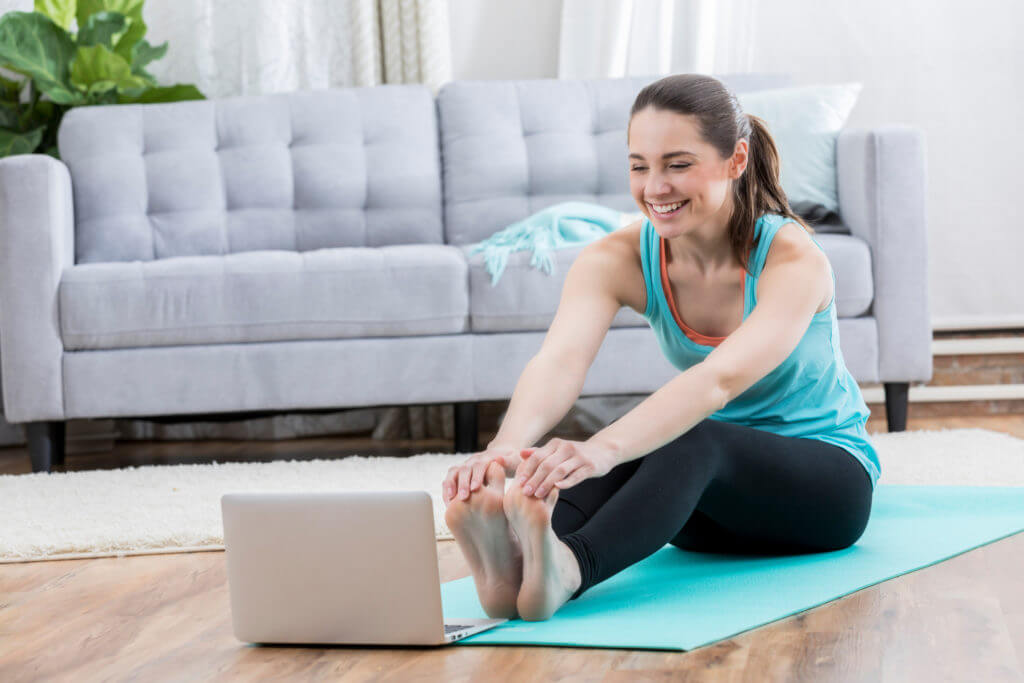When you’re in bed and can’t seem to doze off, test out some breathing exercises. If you practice enough, these helpful breaths will reduce your anxiety and lower your stress level. If falling asleep fast is your priority, you have come to the right place. Here’s to happy and healthy dreaming!
1. Alternate Nostril Breathing
If your mind is racing a mile a minute, this technique will teach you how to control your thoughts and slow down. Alright, this may sounds complicated, but it is very easy to do. Place your right thumb over your right nostril and inhale through your left nostril. Then, release your thumb as you raise your right ring finger to cover your left nostril. Exhale. Next, breathe in with your right nostril, switch sides, and breathe out of your left nostril. Repeat both sides 10 times.
[image_with_caption text=”Shutterstock” image=”https://itsblossom.com/wp-content/uploads/2017/09/shutterstock_427789492-e1506017455260.jpg”]
2. Equal Breathing
Another calming trick is equal breathing. When your sleep is interrupted or you can’t fall asleep quickly, this technique can ease your senses and reduce your stress level by focusing solely on your breathing. Begin by inhaling through your nose for a count of four and exhaling through your nose for another count of four. Repeat for at least 1 minute.
[image_with_caption text=”Shutterstock” image=”https://itsblossom.com/wp-content/uploads/2017/09/shutterstock_267165227-e1506017023448.jpg”]
3. The 4:7:8 Method
This method involves inhaling and exhaling for different amounts of time. Let’s get breathing. Don’t forget to sit up straight for this one. Place the tip of your tongue behind your top teeth. Inhale through your nose for a four count and hold the breath for a seven count. Now you can open your mouth, not moving your tongue, exhale for a count of eight. Repeat this cycle 5 times.
4. Mindful Meditation
Back to basics, this practice will bring you into the moment instead of your daily stressors. Sit cross-legged on the floor and focus on your breathing. Really feel your inhales and exhales. Next, while still breathing deeply, take notice of your surroundings. Take in the sounds and sensations and start experiencing what you’re going through. If your mind gets too far away from you, return to focusing on your deep breathing.





